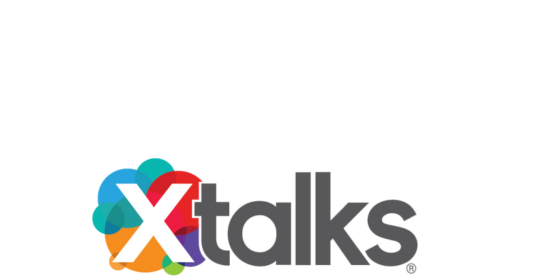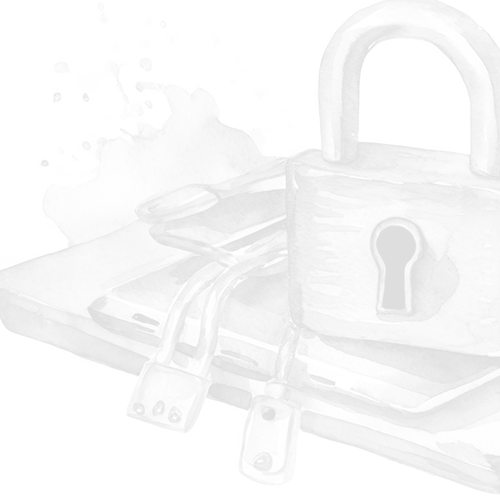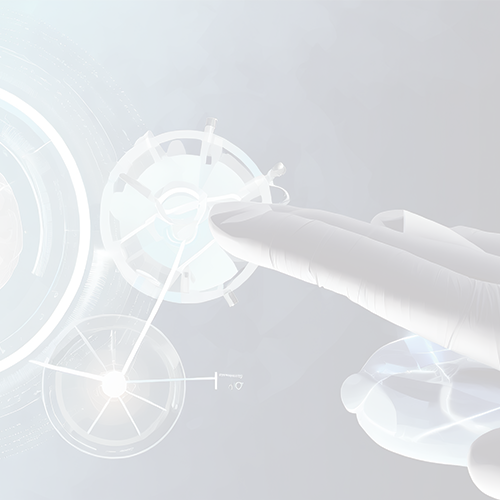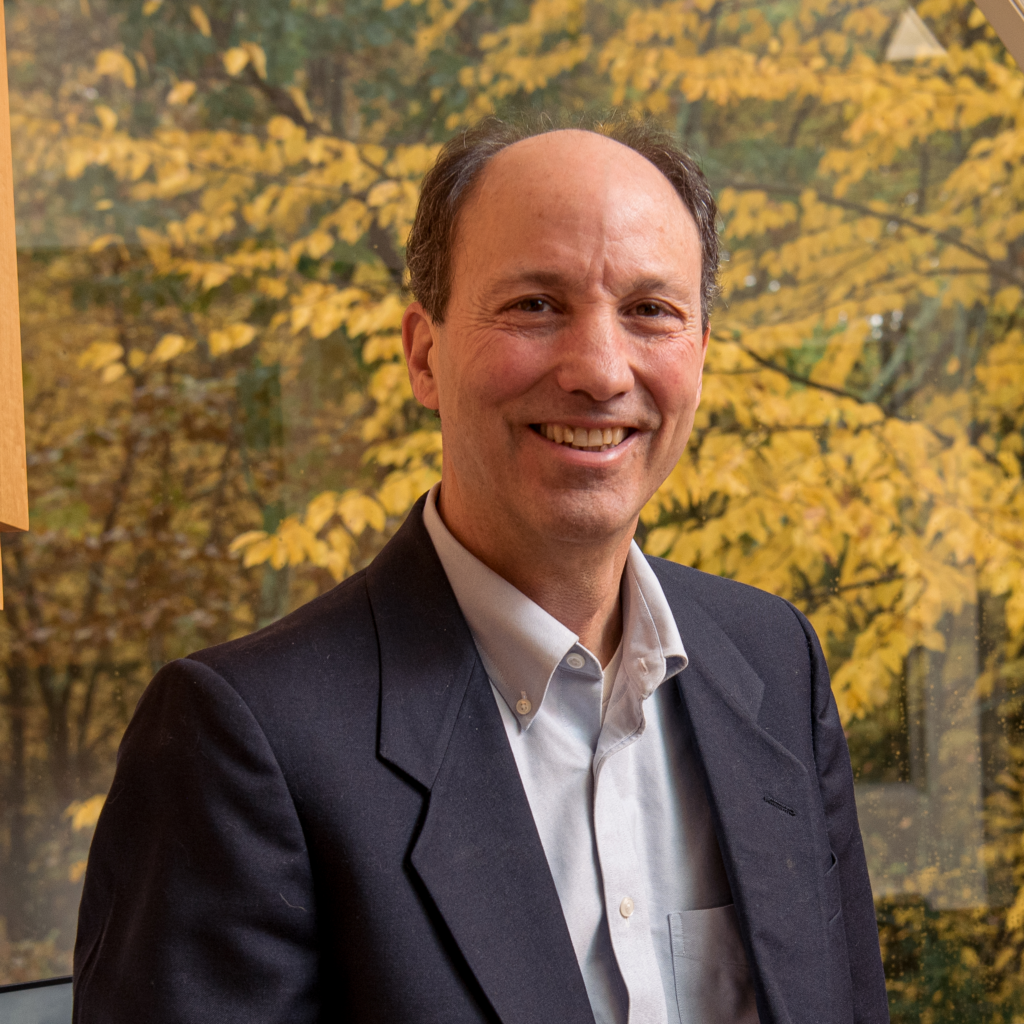Getting a medical product to market is no simple task. From conception to development, to marketing to appeal to audiences worldwide, every step has its speed bumps, and like a speed bump, and put in place for good measure. Quality control for feasibility and engineering tests both play a part in making sure that the product is functional, viable, and in many cases, FDA-approved.
In this Sunrise Podcast episode, Adam Jacobs, Chief Technology Officer at Sunrise Labs, discusses how products are submitted and certified by the FDA and what kind of things need to be done during product development, including ISO 13485 certification for medical devices.
It’s a long and necessary process, especially when the product needs to be manufactured so that it’s reliable and economically sound for the consumer, but also profitable, and that’s where complications often come in. Many companies may work on a single product for long periods of time and end up not getting exposure, and everyone wants to “get to profitability as quickly as they can,” according to Jacobs.
“We probably have 20 or so projects at any given time, and as CTO I’m lucky and get to be exposed to most of them,” Jacobs said, which also means that he sees the products that weren’t put together well. “Getting a mature vision of what you want it to be is often one of the best things that you can do,” because otherwise, MedTech companies may have to change their products or production process downstream, an expensive and time-consuming mistake.




